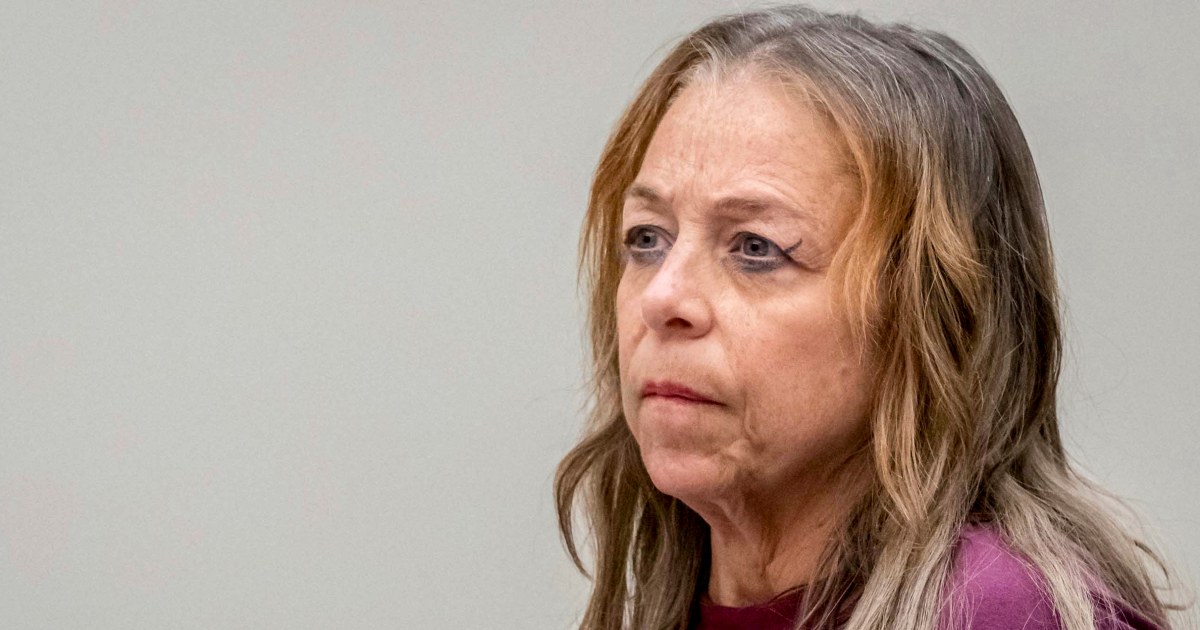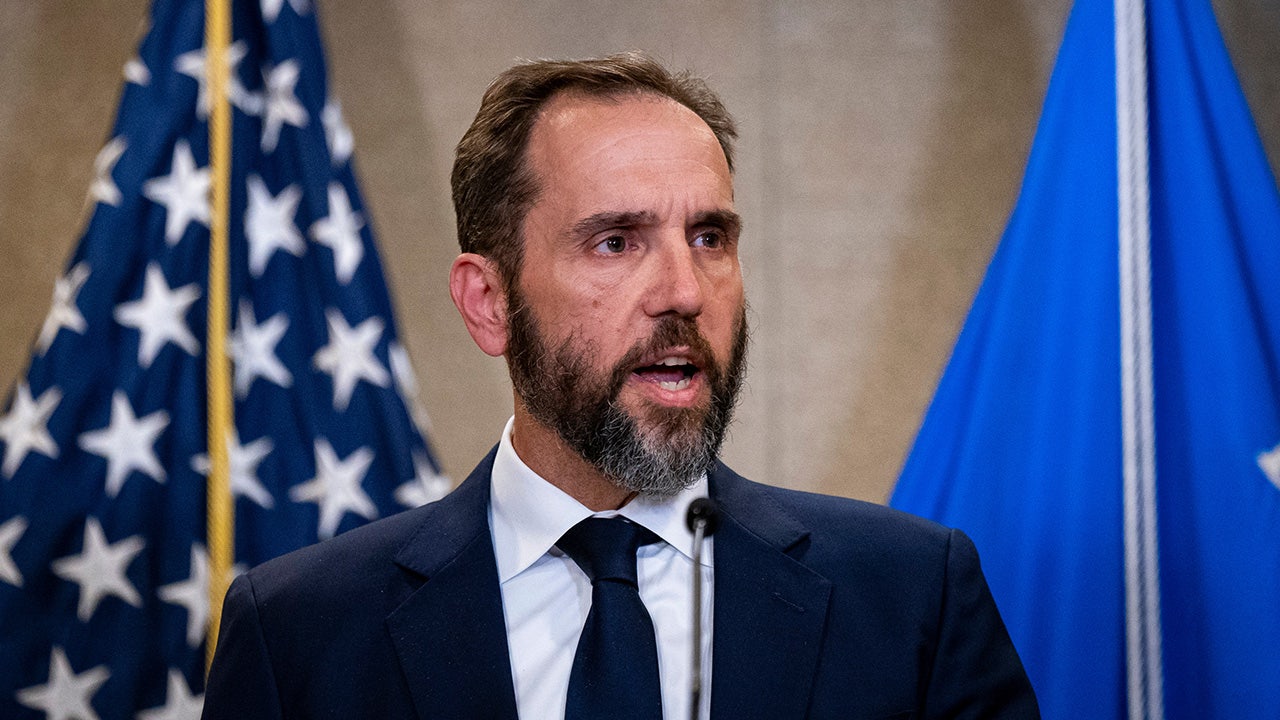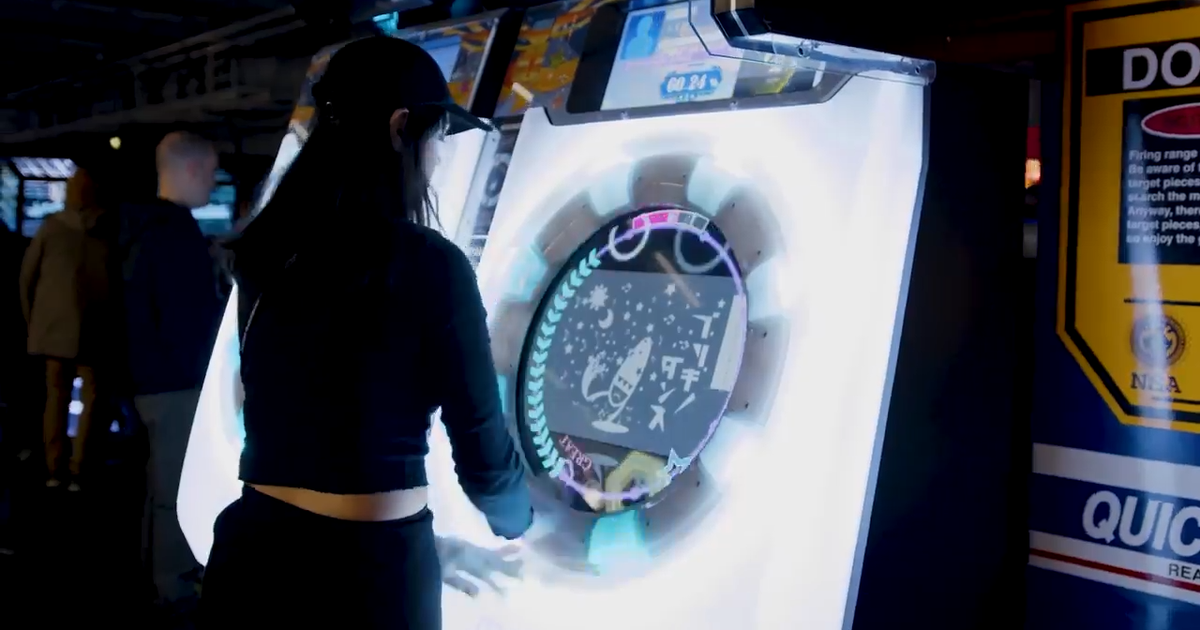Connecticut
Broad-daylight US tragedy: 4 month baby, mother killed in Connecticut drive-by shooting

A 20-year-old woman and her 4-month-old baby were fatally shot in a broad-daylight drive-by shooting in Hartford, Connecticut, on Tuesday afternoon.
Three reported victims were dropped off at Hartford Hospital. Authorities have since then identified two of them as Jessiah Mercado, 20, and her 4-month-old infant Messiah Diaz. They’re both from Springfield, Massachusetts. As per NBC Connecticut’s report, the authorities said that the unspecified third person does not have life-threatening injuries. All three people were inside the same car when another vehicle pulled up and opened fire.
Also read | New set of Diddy lawsuits accuse him of sexually assaulting and drugging teen girl, Florida man
Police are currently treating the shooting that happened near a busy grocery store as a double homicide.
The reported victims were shot after a triple shooting broke out near the corners of Hillside Avenue and Zion Street just before 3 pm on Tuesday, November 19.
Where is the Connecticut shooting investigation headed?
Officers are believed to have an understanding of what happened when the violence broke out in the middle of the day. However, they’re still investigating the motive of the deadly gunfire. The intended target of the shooting also remains unclear at the moment. Search for the suspect is also on. Authorities urged anyone with information to contact them at 860-722-8477.
Also read | NYPD officer and bystander shot in Queens, suspect gunned down; ‘angry’ Eric Adams responds
“Horrible, absolutely horrible. It’s all I can say about that,” Lt Aaron Boisvert told the Connecticut media.
The latest instance of a US shooting has again terrified people, especially with the tragedy unfolding in the close vicinity of homes. “I just stay, stay out of the streets. You know, and I, I’m pretty safe. I never, you know, see this happening around here,” Hartford citizen Jose Santiago told NBC CT.
This is an ongoing investigation.

Connecticut
Judge grants Connecticut woman accused of holding stepson captive access to new alias, address

A judge granted a motion on Friday allowing the Connecticut woman accused of holding her stepson captive for over two decades to access his alias, address and medical records, her attorney said.
Kimberly Sullivan appeared in Waterbury court on Friday to request the information, which her attorneys argued she has a constitutional right to access.
Sullivan was arrested and arraigned in March on charges of kidnapping, assault, unlawful restraint and other crimes in connection with her stepson’s alleged captivity. She is out on bond, which was set at $300,000, and has pleaded not guilty.
On Friday, a judge granted the defense’s motion to give Sullivan access to her stepson’s alias and address. The judge also granted their motion to preclude the stepson’s attorney from addressing the court about anything other than the plea and sentencing, according to Sullivan’s attorney, Ioannis Kaloidis.
Kaloidis told NBC News that the ruling granting his client access to information about the alleged victim “was the only logical conclusion to reach.”
“We argued to the court that this wasn’t about his feelings, but about the rules of procedure and the rules of practice,” Kaloidis said. “In the Constitution, it is standard in every criminal case to disclose the name and address of witnesses, especially the accuser.”
The stepson told authorities that he intentionally set a fire in his room on Feb. 17 to secure his freedom from the home he shared with Sullivan, according to court records. The man, then 31, alleged that his stepmother starved him and held him captive in a small, locked room in the house for more than two decades.
Authorities found the man severely emaciated, about 68 pounds on his 5-foot-9 frame, and said he had been subjected to “prolonged abuse, starvation, severe neglect and inhumane treatment.” The defense has cast doubt on the now 32-year-old’s weight at the time he was found.
The stepson has never been publicly identified. Earlier this year, he spoke out for the first time and addressed himself as “S,” a decision he said marks “the first of many choices” he will make now that he’s free.
Donald Therkildsen, the supervisory assistant state’s attorney, told the court Friday that the “victim is terrified of this defendant,” NBC Connecticut reported.
“The allegations are that he was almost dead when he made his escape after being locked for 20 years,” Therkildsen said. “This is no different than a domestic violence victim being at a safe haven home. We certainly wouldn’t disclose the address of a safe haven home to a domestic violence abuser.”
Attorneys for Sullivan had filed a request to obtain the stepson’s medical records, which the state said it would allow under certain conditions, including that the victim’s alias and address be withheld from the defendant, according to a filing in Connecticut’s Superior Court, Judicial District of Waterbury.
Sullivan’s attorneys filed an objection days later, arguing that their client has a constitutional right to access her stepson’s alias and address, that she has not harassed the man, and that the nature of the legal proceedings do not warrant withholding this information.
The state defended its position in a memorandum filed last week, saying that withholding the information “does not lower the burden of proof or obstruct the defendant’s right to confrontation.”
“Disclosure of the victim’s current alias to the defendant would only increase the potential for harassment and harm with respect to the victim’s mental health,” the state said in the memorandum.
Attorneys for Sullivan hit back in a filing earlier this week, once again defending their client’s compliance with the conditions of her release, and arguing that the state’s motion “represents an unprecedented attempt to insulate an accuser from the normal processes of adversarial justice.”
The judge on Friday did grant a request from the state ensuring the stepson’s medical records only be viewed in the office of the defense for the purposes of the case, NBC Connecticut reported.
Also on Friday, the judge denied a motion from Sullivan’s attorneys filed in August asking the court to remove her GPS tracker. The judge said the issue can be revisited later on.
The next hearing is set for Dec. 19, according to Kaloidis.
Connecticut
Opinion:Sewage overflows are a call for collaboration, not conflict

When most people flush the toilet, they don’t linger to think about where it all goes.
Behind the scenes, the people running wastewater treatment plants work tirelessly on one of the most important yet underappreciated public services. Treatment systems only make headlines when things go wrong, such as in recent months when unlucky Connecticut residents have been subjected to the sights and smells of sewage floating down the Connecticut River. Incidents like these are becoming more common as aging wastewater treatment plant infrastructure struggles to keep up with increased demand.
Across Connecticut and the entire eastern United States, vital steps to replace and update our old wastewater treatment plants are underway; however, updating the pipes and buildings alone will not be enough. We must rethink the whole management structure and soon — before the problem gets much worse.
Many overflows come from an old model of combined sewage-stormwater systems. For these systems, a heavy storm can overwhelm infrastructure, leading to the release of sewage. In recent years, Connecticut has taken steps forward, moving from over a dozen combined systems down to only four; Hartford’s MDC facility is one of the remaining combined systems.
In response to recent overflow events, some Connecticut state representatives have argued that these overflows are mostly rainwater, and much of the resulting public health advice is to avoid swimming or fishing for a few days before returning to normal. This advice suggests that the effects of a sewage outflow are fleeting — which may protect us from E. coli and algal blooms — but neglects the slower, growing threat of chemical contamination.
My research focuses on chemical contamination of water in the environment. Untreated sewage often contains industrially produced chemical contaminants like polychlorinated biphenyls (PCBs) and polyfluoroalkyl substances (PFAS), suspected to increase risk of cancer and pregnancy complications based on studies by the National Institute of Health. After being deposited from the overflow, these chemicals degrade very slowly and can remain in the water column for decades. Each outflow event adds another drop in the bucket of chemical contamination that affects our waters, fish, and eventually, us.
The situation will only become more dire as intensified storms, rising sea levels, and increasingly common extreme weather, pushes our wastewater systems beyond their limits.
There has been finger-pointing and blame over contamination of the Connecticut river across the Connecticut and Massachusetts state line. Rather than squabbling, now is the time to focus on cross-border cooperation.
To begin, we need updated infrastructure. This is already underway and Connecticut wastewater treatment plants have made strong progress towards repairing aging systems. But the next important step is developing regional cooperation along ecological boundaries rather than political ones.
The Southeastern Connecticut Council of Governments offers a model for a path forward: a coalition of municipalities that allows them to prepare for the changing landscape of wastewater by creating a shared, concrete plan for infrastructure, communication, and collaboration. But rivers do not abide by our state boundaries; we must expand this coalition model to include both Connecticut and Massachusetts. We can treat this issue the same way we handle threats to the Long Island Sound, as a team.
We are already investing billions of dollars into updating our wastewater infrastructure. Now is the time to rethink how we manage our collective wastewater systems — together. Consequences of these overflows remain far longer than the wastewater itself. Nothing we flush away ever really disappears, and neither will the consequences of our inaction.
Fiona Quin Zabel lives in Willimantic.
Connecticut
The oldest farm in CT was founded over 100 years before the country. Here’s where it is

Turkey farming in Sterling
Rick Hermonot talks about the 4,000 turkeys and his business Ekonk Hill Turkey Farm in Sterling
John Shishmanian, The Bulletin
In the middle of New England fall, there’s nothing better than heading to a local farm and picking up fresh apples, pumpkins and warm baked goods.
However, Connecticut is not only home to various good farms to visit, but also various historical farms. In fact, the state’s oldest farm is over 100 years older than the country itself. Established in the 1630s, Field View Farm is not only the state’s oldest farm, but also its oldest business.
Here’s a brief history of the oldest farm in Connecticut.
History of Field View Farm
According to the farm’s Facebook page, Field View Farm was founded in 1639 by Thomas Hine and his family, and it has stayed in the family for 12 generations since. In 1996, the farm suffered a huge fire, the damages from which took a state grant and years to repair.
Today, Field View still functions as a dairy farm and a farm machinery manufacturer, focusing mainly on dairy products like milk and ice cream. Visitors can check out the farm stand for fresh products or enjoy a sweet treat at the ice cream window.
Field View Farm is open daily from 8 a.m. to 6 p.m., with the ice cream window open from April through October. The farm is located at 707 Derby Ave. in Orange.
-

 New York1 week ago
New York1 week agoVideo: How Mamdani Has Evolved in the Mayoral Race
-

 News1 week ago
News1 week agoVideo: Driver Crashes Car Into Security Gate Near White House
-

 News1 week ago
News1 week agoVideo: Inside Our Reporter’s Collection of Guantánamo Portraits
-

 World1 week ago
World1 week agoTrump to host NATO chief at White House as Putin meeting collapses
-

 Politics1 week ago
Politics1 week agoJack Smith defends subpoenaing Republican senators’ phone records: ‘Entirely proper’
-

 News1 week ago
News1 week agoNew York City ICE raid nets 9 arrests of illegal aliens from West Africa, 4 protesters also arrested
-

 News4 days ago
News4 days agoWith food stamps set to dry up Nov. 1, SNAP recipients say they fear what’s next
-

 Milwaukee, WI3 days ago
Milwaukee, WI3 days agoLongtime anchor Shannon Sims is leaving Milwaukee’s WTMJ-TV (Channel 4)


















